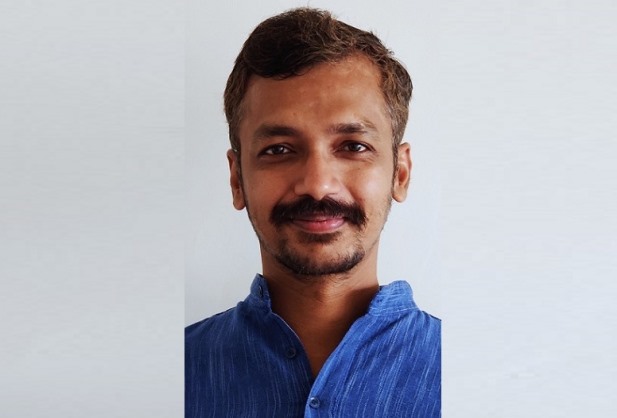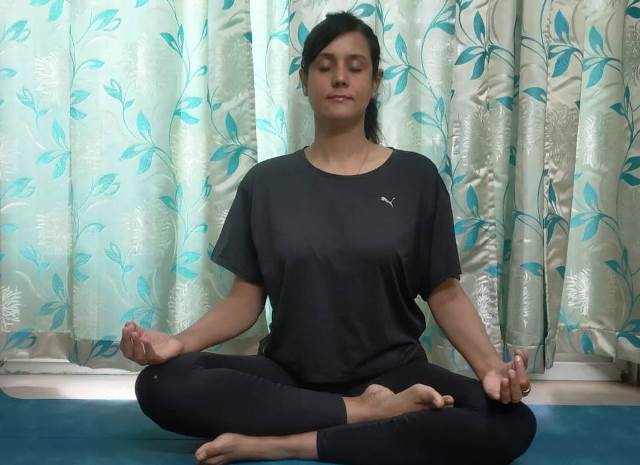Mohit Garg, a trained Iyenger Yoga instructor, says work stress, polluted environs, unhealthy food have taken a toll on us and we need to revitalise naturally. His views:
City dwellers lead a sedentary lifestyle, lacking in physical labour with little or no exposure to natural elements like fresh air and sun. Most urban Indians (vegetarians and non-vegetarians alike) suffer from nutritional deficiencies these days, primarily due to the massive increase in processed food and a growing dependence on drugs for health. The staples like oils, vegetables and grains are all heavily polluted and their nutritive and fibre quantity is much lower than required.
Add to it the strained work-life balance. You have software professionals, teachers and managers working up to 12 hours a day, or more, often enduring mental stress and in physically unhealthy postures. Besides, there is 2-3 hours of daily commute, erratic eating and sleep deprivation. Indeed, they have little time to rest or recuperate.
The human organism is not designed to handle such extreme levels of physical-mental stress and toxicity for extended periods. Polluted air, noisy environs, demineralised or contaminated water, and nutrient-depleted food, all inflict sustained damage on the body. The gym or workout culture doesn’t help. In fact, it adds tremendous strain to an already stressed-out body and overburdens it.
This was the background when Covid struck India and the world. As for cardio-ailments in the post-pandemic scenario, Covid and Long Covid seem to have inflicted long-term damage to many people.
We are witnessing a definite surge in cardiovascular problems, heart strokes, even among teenagers and healthy people, who do not fall in the heart-risk category. There is a definite link between vaccinations and cardio-ailments too. Especially in the case of MRNA vaccines whose safety data has been analysed by experts like eminent British-Indian cardiologist Dr Aseem Malhotra.
ALSO READ: ‘Want A Shipshape Heart? Leave Dumbbell, Try Yoga’
Many doctors and naturopaths have come up with protocols for healing and detoxifying — post-Covid. I feel they are more useful than popping pills or supplements. This is because we need to revive the body’s natural mechanisms. It’s not coincidental that the modern pharmaceutical drugs work hand-in-hand with a fast consumer society which has no time for self-care, or, care and compassion for others around.
We have to make simple changes like eating when the digestive fire is high, having adequate rest and sleep during night, and so on. ‘Earthing’ and being out in the sun is similarly important. A qualified Ayurveda doctor can guide you about the aspects of dinacharya — the daily routine for a healthy life.
Think of the body as a building structure which has rooms for each of your organs, the joints as the connecting walls, blood circulation as the plumbing, bones as the pillars and so on. With stress, poor posture and ageing, this structure gets wobbly and rooms get contorted.
The result is that all the systems — respiratory, circulatory, endocrine, lymphatic, etc, work at a lower capacity. We need to bring the structure back into its original shape and clean it from within. Then good health will come.
Yoga approaches health differently. For instance, when doing any movement in a pose, we work on the sensory and motor nerves, so this is activity that simultaneously stimulates awareness. We have the concept of Savasana — resting and supine poses. The focus here is on the correct activity and correct and deep relaxation. We are trying to quieten the sense organs, so that the energy they lose by being constantly stimulated can be used for healing.
In Yoga, one does not allow the breath to get heavy. A heavy breath is a sign of distress. The objective is to quieten the breath while maintaining awareness of the body. It’s important to find a good teacher who understands the subject in depth — then we can educate ourselves. One has to give it time.
I also feel music and art are great healers, they work differently and not directly on the physical body. In these classical arts, a certain quietening takes place. And one becomes more reflective. So, the key is to find time to care for ourselves, both our minds and our bodies. And care for others too!
(The narrator learnt Yoga from Geeta S Iyenger, Prashant Iyenger, Zarna Mohan and Rita Keller. He also teaches film studies and video editing and has worked for films such as Ship of Theseus, Raat Koto Holo and Home for Mortals, in Search of Happiness. He has taught at FTII, Pune, Annapurna School of Film and Media, and NIFT, Hyderabad)
Read More Article: http://13.232.95.176/
As told to Amit Sengupta


